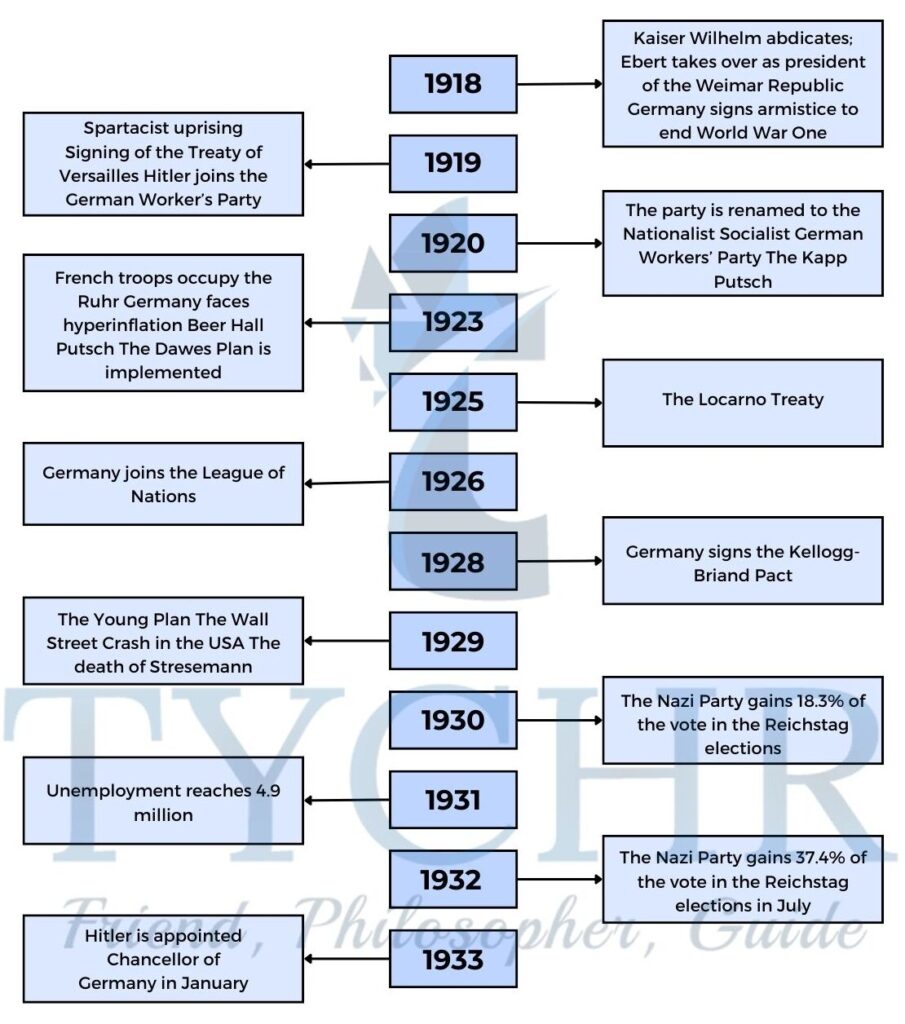the impact of nazism on german foreign policy: the origins, 1918–1933 Notes
Nazism and Adolf Hitler
- Nazism refers to policies of the Nazi or the Nationalist Social Party led by Adolf Hitler
- The Wall Street Crash of 1929 allowed Hitler to gain popularity
What was the impact of the First World War and defeat on Germany?
- Kaiser Wilhelm II had taken Germany into the First World War in 1914
- Germany was at war on the Western as well as Eastern Front
- Germany secured territorial gains from Russia in the Treaty of Brest Litovsk
- German General Ludendorff launched an offensive to push back the Allies
- Germany controlled most of Belgium
- Germany hoped to receive less severe terms if the government asked US President Wilson for a cease fire based on the 14point programme
- The German government was handed over to Prince Max of Baden
- Germany also faced severe domestic problems: strikes, political unrest, a mutiny from sailors at Kiel
Fact:
The Dolchstoss legende literally means stab in the back, it was the notion, widely believed and promulgated in rightwing circles in Germany after 1918, that the German Army did not lose World War I on the battlefield but was instead betrayed by the civilians on the home front
What was the impact of the Treaty of Versailles?
- Prime Minister Clemenceau of France, Prime Minister Lloyd George of Britain and President Woodrow Wilson of the USA drew up the Treaty of Versailles
- Clemenceau wished to make Germany pay for the damage it had caused France
- Britain wanted to preserve it’s naval supremacy
- It was drawn too quickly and failed to solve the problem and create peace
What was the impact of the First World War on Hitler’s foreign policy?
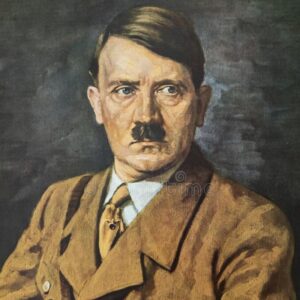
- Hitler (in picture) was Austrian by birth and fought in the German army, the surrender horrified him
- He believed that the Treaty of Versailles was a diktat imposed on Germany signed by “the November criminals” – the socialists of the new Weimar Republic
- He was sent to investigate the German Workers Party as an intelligence agent of the army
- It was founded in 1919 by Anton Drexler and suspected of plotting leftwing revolution
- Hitler renamed the party, the Nationalist Socialist German Workers’ Party and gave it the swastika symbol
- The Sturmabteilung or the Stormtroopers was a paramilitary group led by Ernst Rohm
- The party was in favor of nationalism, militarism, social Darwinism and against communism, socialism and trade unions
Hitlers foreign policy aims
A “Gross Deutschland”:
- Also known as PanGermanism
- It implied the unification of Austrian Germans with Germany
- And the unification with Czechoslovakia and Poland
Race and living space:
- A new greater Germany would include only “pure” Germans who were of the superior Aryan race
- It combined “robust muscular power with first class intellect”
- Aryan race would need more space (Lebensraum) and this would come from the East
- It would involve dispossessing the Slavs, Russians, Ukrainian, Poles and other “inferior” nations
- The most inferior people according to Hitler were the Jews
Natural enemies and allies:
- Russia was seen as a natural enemy of Germany
- There were many Jews in Russia and it was a communist country led by the Bolsheviks
- France was a natural enemy because of World War I and the Treaty of Versailles
- Britain was seen as a potential ally
- Italy was seen as an ally because of the ideologically sympathetic nature of Mussolini’s government
Fact:
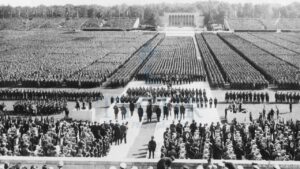
The Third Reich was a term used by Adolf Hitler in the 1920s to describe the intention of him creating the 1,000 year empire. The Holy Roman Empire was the First Reich, and Otto von Bismarck’s German Empire was the Second Reich, which lasted from 1817 to 1918.
Fact:
Social Darwinism is the theory that people, individuals and groups are affected by same Darwinian laws of natural selection as plants and animals.Between the end of the 19th and the beginning of the 20th centuries, Herbert Spencer advocated Social Darwinism and other theories to demoralize intervention and reform and to justify political conservatism, imperialism, and racism.
Why did support for Nazism grow after the First World War?
- The Nationalist Socialist German Workers’ Party was an extreme political group
- A communist party called the Spartacists, led by Rosa Luxembourg and Karl Liebknecht, launched a rebellion
- Leftwing uprisings were crushed by the Freikorps, paramilitary groups made up of exsoldiers
- Some members of the Freikorp attempted to overthrow the government in March 1920
- Between 19191922 there were 376 political assassinations by rightwing assassins
- In January 1923, French and Belgian troops invaded the industrial heartland of Germany, the Ruhr
- There was hyperinflation in the German economy as the mark became worth 2,500 paper marks
What was the impact of the Munich Putsch of 1923 on the success of Nazism?
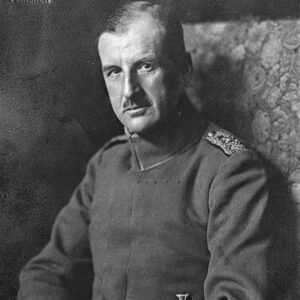
- Hitler became the political leader of the Kampfbund by 1923, an association of rightwing militants
- The plan was to win control over Bavaria and then march on Berlin
- Gustav Ritter von Kahr (in picture above), the Bavarian leader initially supported this takeover, he backed down at the last minute
- 16 Stormtroopers were killed, Hitler was arrested and tried for treason for attempting this takeover
- He was a patriotic German and served the lightest sentence of five years’ imprisonment
- He served less than a year and was released in December 1924, he wrote Mein Kampf during this time
What was the impact of the Stresemann?
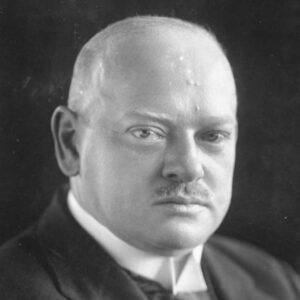
- Hitler decided to use legal and constitutional means to take power in Germany
- The Nazi Party relaunched in 1925 with Hitler as the overall leader or Fuhrer
- Youth and women’s groups were established and the Schutzstaffel
(SS) was created
Economic recovery in the 1920s:
- Under Gustav Stresemann (in picture), chancellor and foreign minister, hyperinflation was halted between 192429
- Currency was stabilized with the introduction of the Renten mark
- The Dawes Plan was negotiated with the USA to freeze German reparation payments for two years
- Loans were set up for Germany from the USA under the Young Plan in 1929
The changing international situation:
- Germany joined the League of Nations in 1926
- And signed the KelloggBriand Pact
- Germany agreed to uphold the western borders with France and Belgium in the Locarno Treaties of 1925, this period of cooperation was known as the Locarno Spring
What was the impact of the Great Depression on the Nazi Party?
- The USA called in its loans and all financial aid to Europe was stopped
- Unemployment in Germany hit 6 million by 1932
- Chancellor Heinrich Bruning pursued deflationary policies, cutting government expenditures
- Agriculture suffered and farmers were badly affected
- Germans turned to more extreme parties, including the Nazi Party
- Hitler stepped up his attacks on the Weimar Republic calling them the “November criminals”
- The acute economic crises made Hitler’s promises seem more attractive
What factors allowed Hitler to become a dictator?
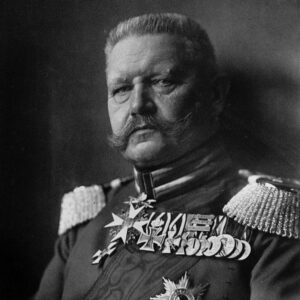
- The seats of the Nazi Party increased from 12 to 107 in the unscheduled elections of 1930
- In 1932, Hitler stood against General Paul Von Hindenberg (in picture)
- Hitler was summoned by army leader Kurt von Schleicher and nobleman Franz von Papen to become Chancellor of Germany in 1933
- Hitler was hence able to secure position as a dictator of Germany
Steps to dictatorship:
- Hitler called a new election, the Reichstag was burnt down on 27 February 1933
- It was blamed on the communists and a decree was passed suspending freedom of the press, of speech and of association
Impact of the First World War on Germany | Hitler’s foreign policy |
BBBKPOP | LAAPE |
- The Enabling Act gave Hitler power to pass laws without the Reichstag’s consent
- State parliaments were abolished and trade unions shut down
- The Socialist and the Communist Party were banned
- Germany was a one party state by July 1933
Hitler moved against the SA and during the Night of the Long Knives, 200 people were killed as Hitler used the SS to purge the leaders of the SA and get rid of other enemies - Hitler merged the offices of the chancellor and the president after General Paul von Hindenberg’s
death in 1934 - He became the Fuhrer of Germany, armed forces took a personal oath of loyalty in August
The historical debate: Did Hitler have a clear plan for achieving his foreign policy goals when he took power in 1933?
- AJP Taylor and Hans Mommsen argue that Hitler did not have a blueprint of his goals
- His actions were determined by economic pressure and demands from within the Nazi Party
- Andreas Hillgruber and Klaus Hildebrand argue that Hitler had a definite programme of expansion and conquest with clear phases
- The first being ending the Treaty of Versailles, forming an alliance with Britain and Italy
- The last phase would be to conquer Russia and further dominate the USA
- German historian Fritz Fischer claimed that Hitler’s aims were similar to those of Kaiser Wilhelm II
- These were of the creation of a Greater Germany and rule over a fragmented Russia
Acronym sheet for revision
Some important points can be retained easily with the help of these short forms.
Impact of the First World War on Hitler’s Foreign policy | Hitler’s rise as dictator of German |
NINAS | FACEMO |

